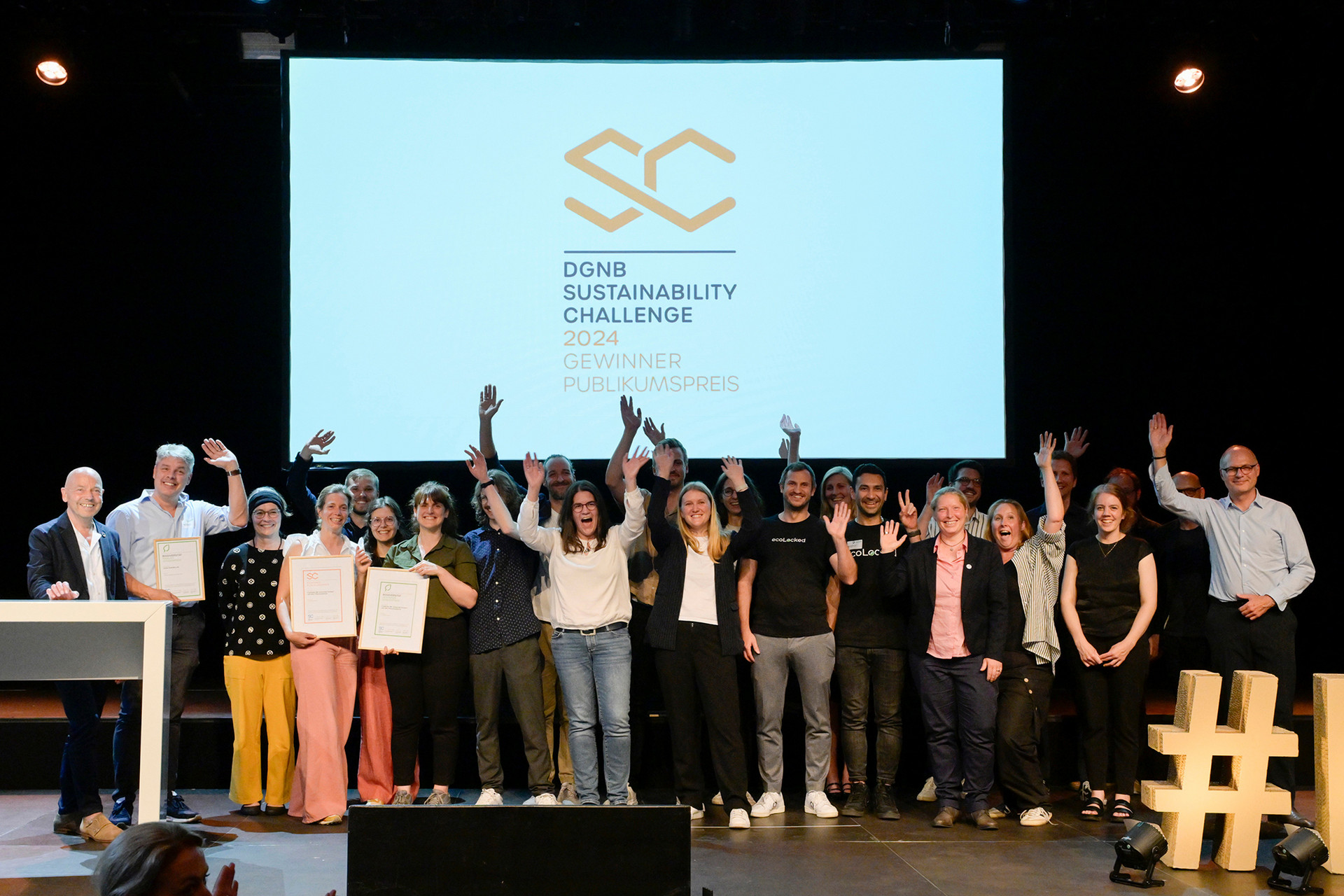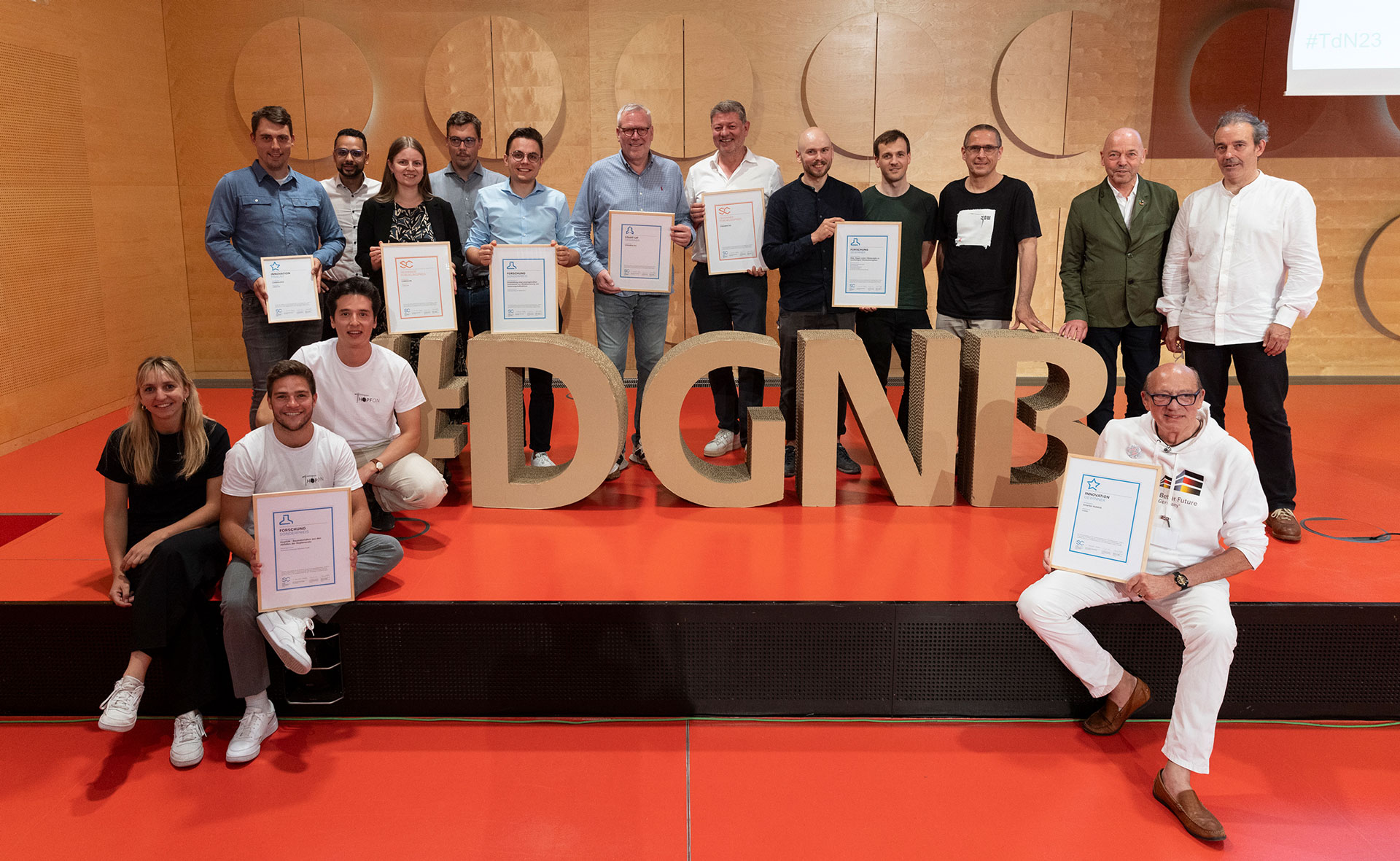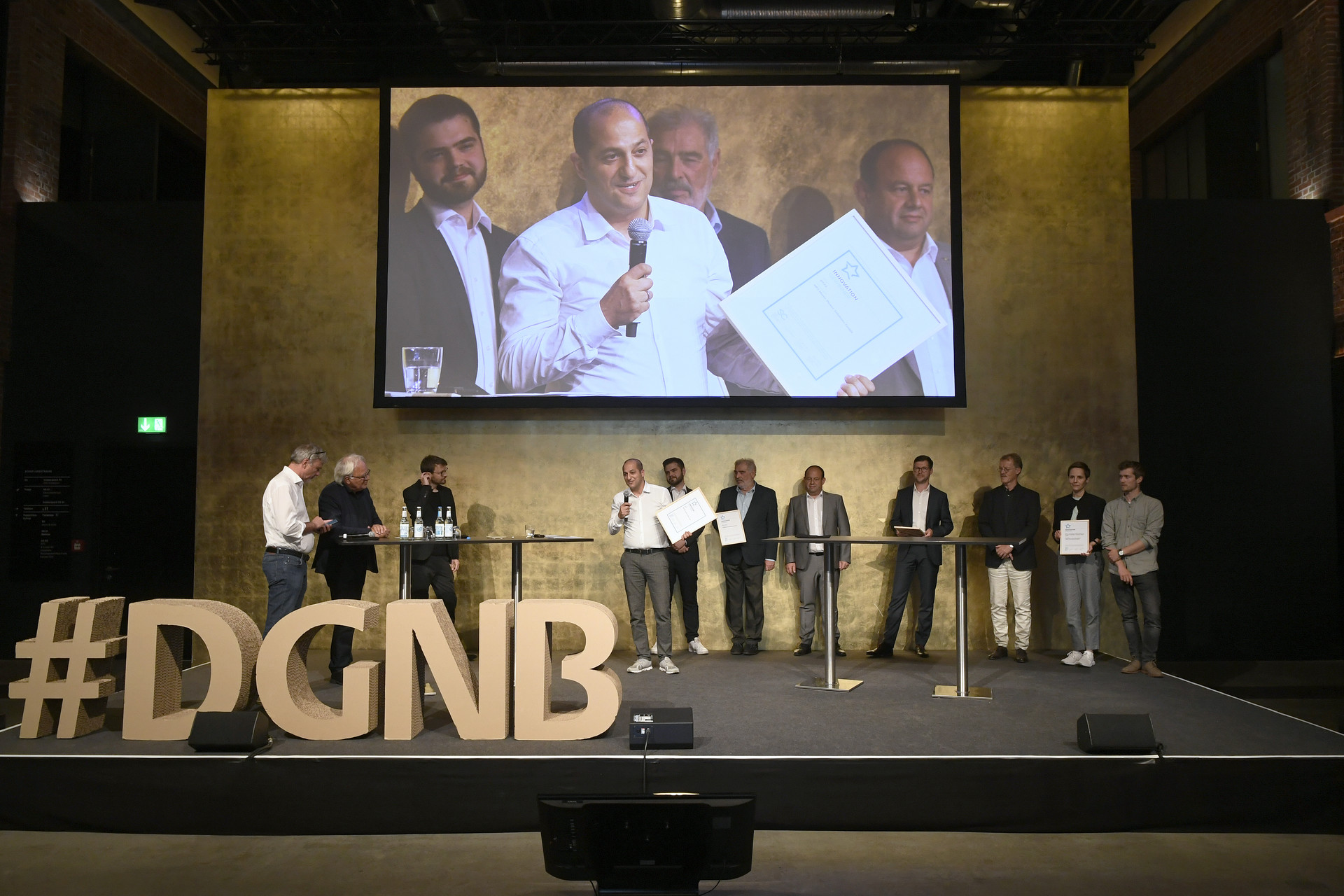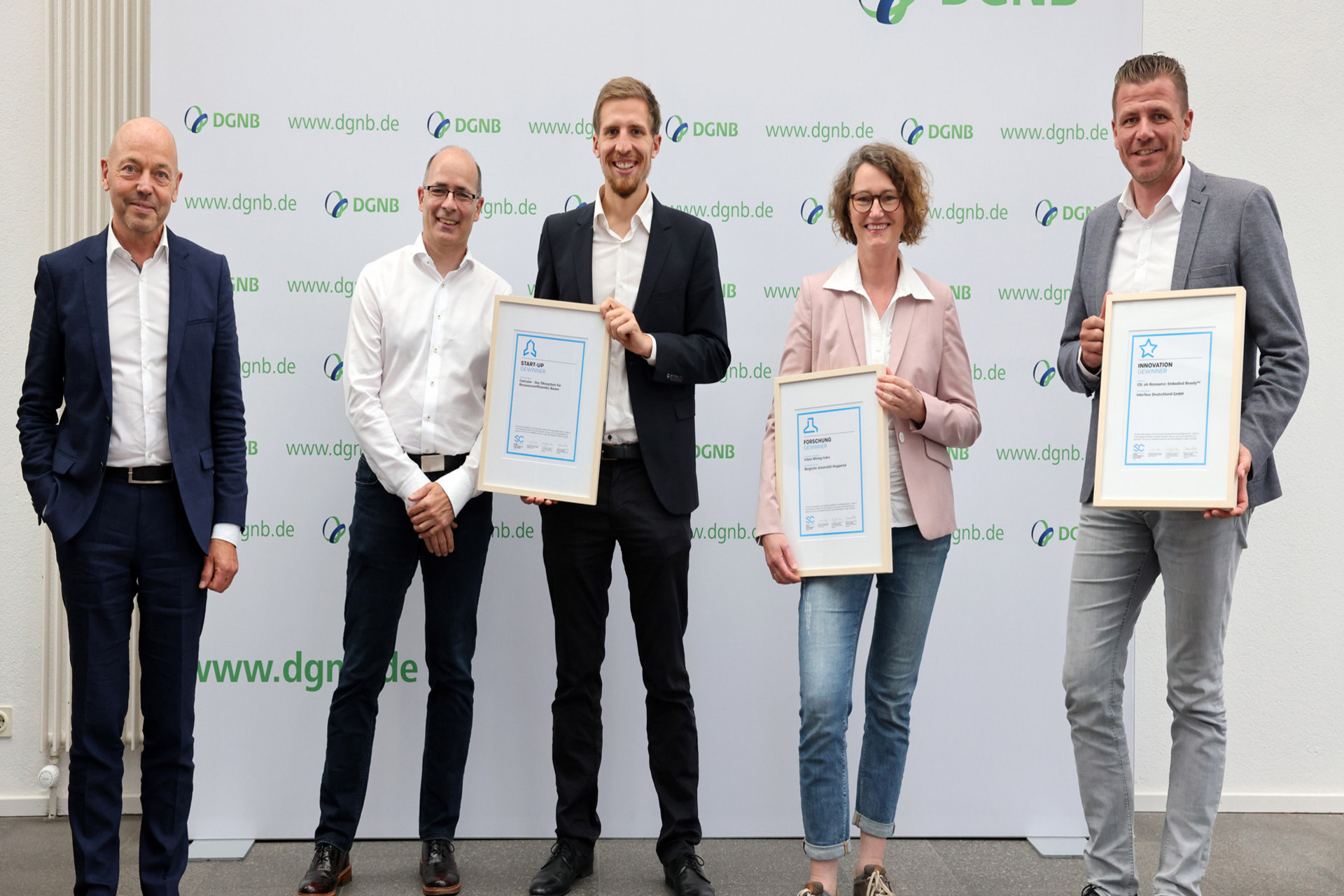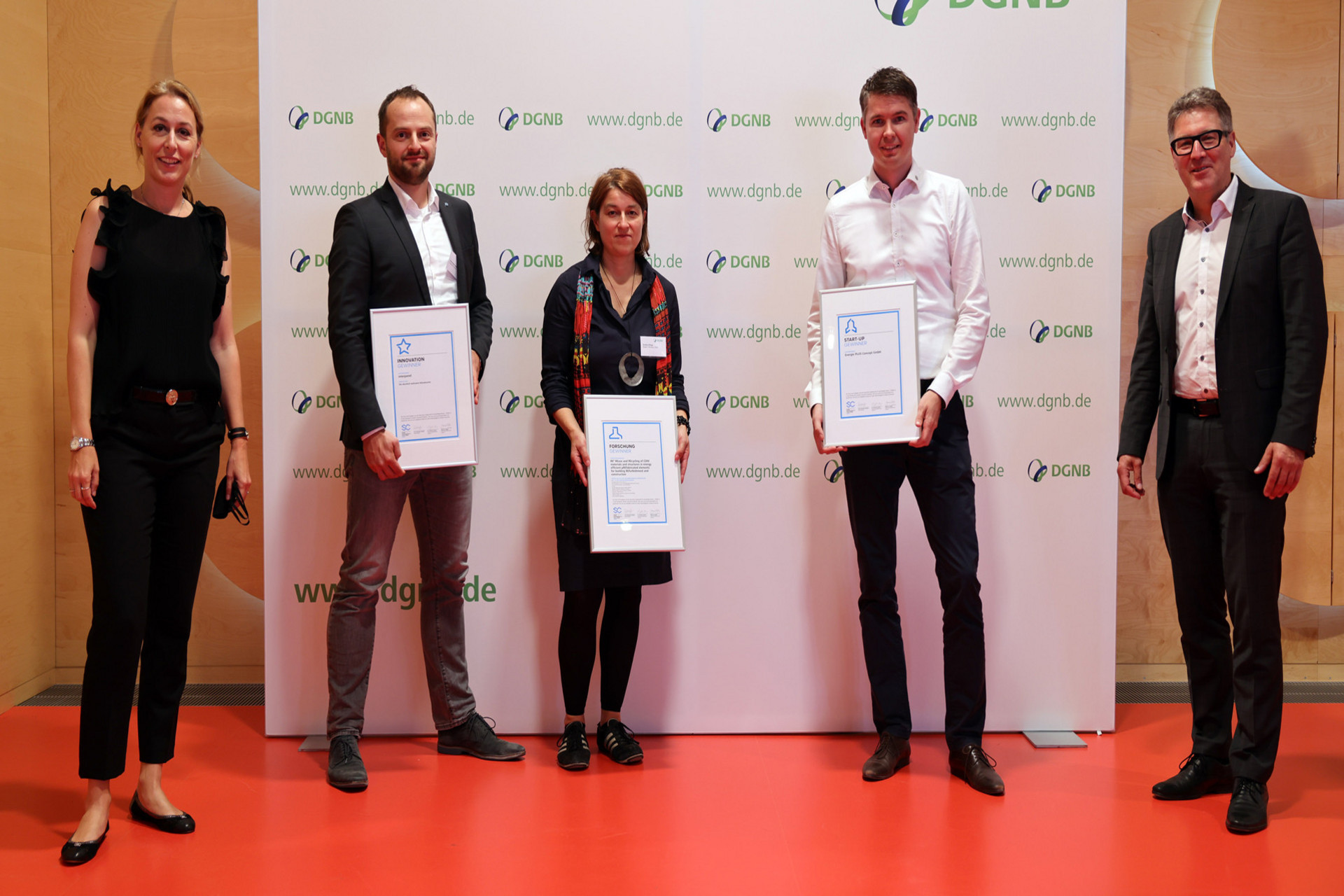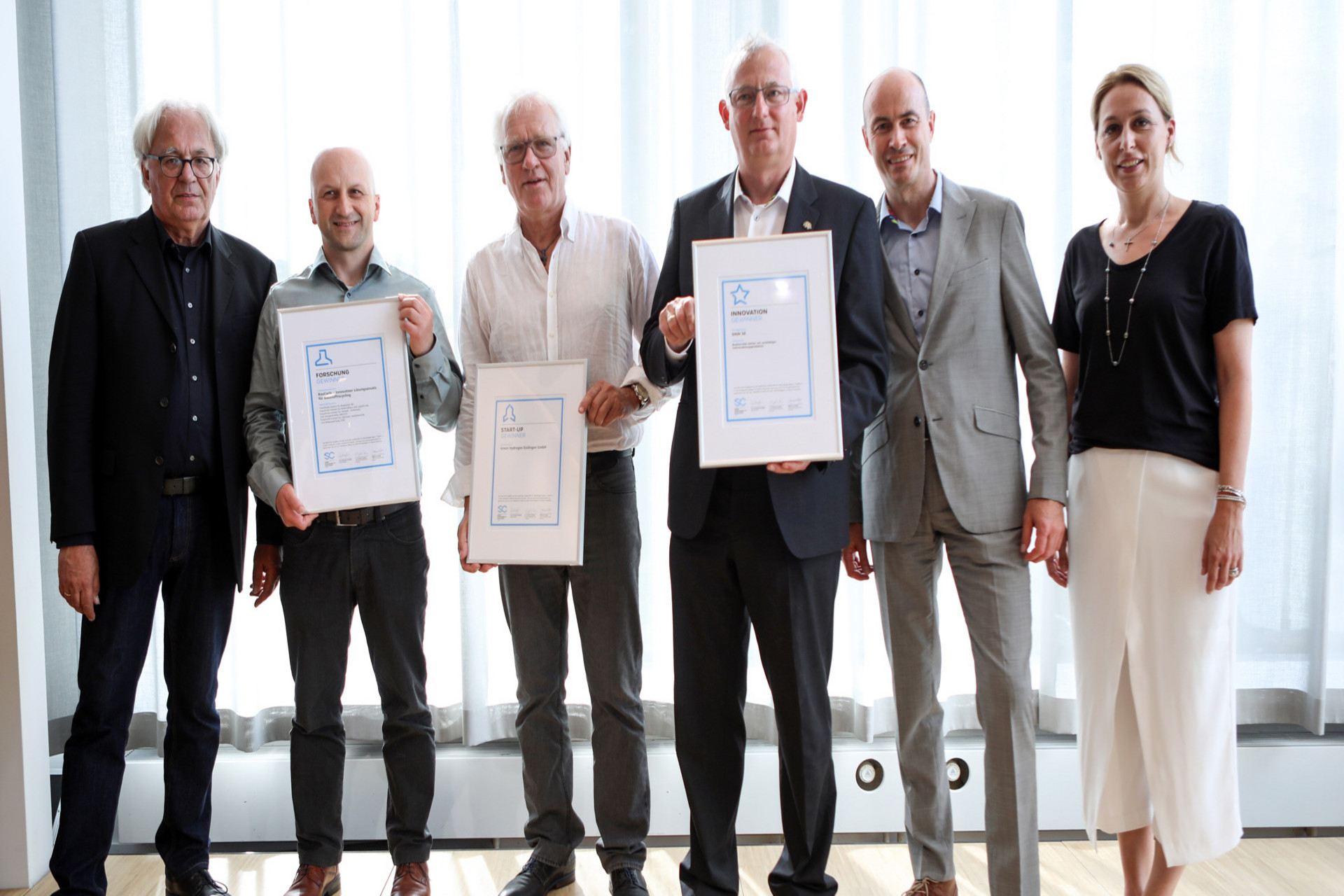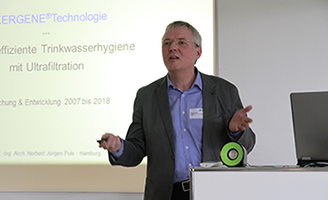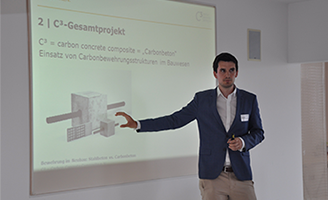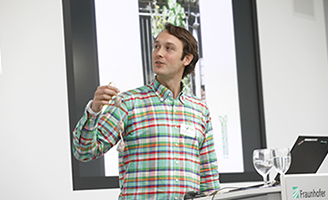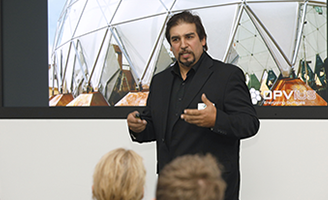In 2016, the DGNB organised its Sustainability Challenge for the first time. What began on a small scale is now a highly respected sustainability competition, with numerous entries every year. Since 2019, the non-profit association has awarded this innovation prize in three categories: "Innovation", "Start-up" and "Research".
Winner und Finalists 2025
Co-reactive - Winner
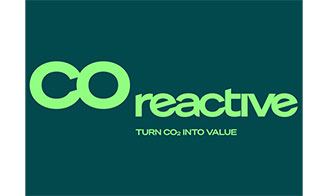
Co-reactive is developing a mineralisation technology to permanently bind CO₂ into supplementary cementitious materials (SCMs). The CO₂ used comes from industrial processes and biogenic sources. The SCMs not only improve the carbon footprint of concrete products, but also enhance their material properties, such as strength, durability and reactivity.
NatStruct AG
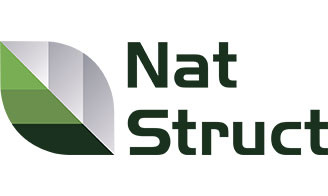
NatStruct brings sustainability and innovation to the natural fibre industry by transforming agricultural waste into high-quality natural fibres. With its GROW-Tech fibre separation technology, the start-up supports the circular economy. This creates future-ready solutions for the construction, automotive, furniture and textile industries.
re-green
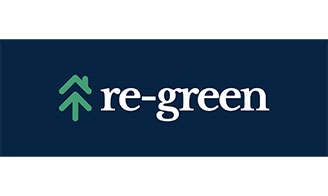
re-green transforms commercial properties to be ESG-compliant – at no cost to owners. Tenant electricity contracts are used to finance photovoltaic systems, heat pumps and charging infrastructure. The start-up handles planning, construction and operation. The goal: to preserve property value, reduce CO₂ emissions, and create attractive, future-proof properties for owners and users alike.
GLAPOR Urban Mining Foundation Slab UMB1 - Winner
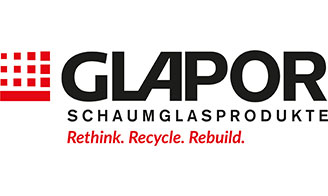
The CO₂-reduced and circular GLAPOR Urban Mining Foundation Slab UMB1 combines the functions of foundation slab and thermal insulation. It is made from foamed glass derived from recycled waste glass and is pressure-resistant, dimensionally stable and water-resistant. This makes it suitable for construction projects ranging from residential buildings to commercial developments.
HUMID-Modules
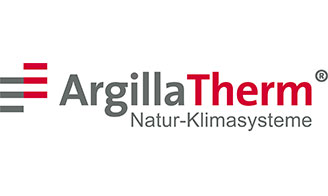
The circular HUMID-Modules from ArgillaTherm GmbH provides cooling, heating and humidity regulation for a healthy and comfortable indoor climate. It is made from clay minerals, loam, brick powder and natural fibre materials. Compared to conventional solutions, the HUMID-Modules help to reduce building-related operational emissions and costs.
Instant BioBitumen
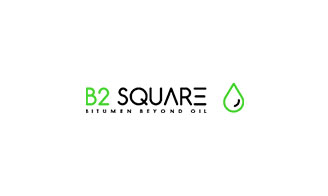
The two-component product Instant BioBitumen, developed by B2Square GmbH, binds approximately 1.5 tonnes of CO₂ per tonne. Its lower processing and handling temperatures compared to conventional bitumen improve safety during use, storage and transport. Instant BioBitumen is based on cashew nutshells and a dry mineral premix.
"Smart Circular Bridge" in Ulm: Bio-Based Bridge as a Musical Instrument - Winner
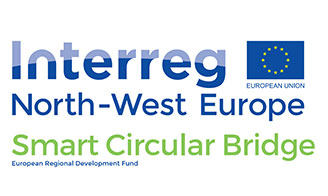
As part of the EU-funded collaborative project, the first driveable bridge made of flax fibres and bio-based polyester resin was built in Ulm. The circular lightweight bridge is equipped with sensors that collect data for materials research while also allowing it to be experienced as an interactive musical instrument via an audio web app.
LEGO. Extruded Hollow Clay Blocks for Interior Walls as a Substitute for Plasterboard Walls - Winner People's Choice Award
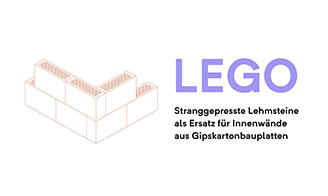
The research project investigates the replacement of plasterboard with extruded clay blocks, as clay offers superior circularity and climatic benefits. Various aspects are considered in order to develop an optimised clay block. The results will be published in a guideline and made available as open access.
(De-)Mountability and Structural Performance of Timber Connections with Regard to Re-Use and Circular Construction
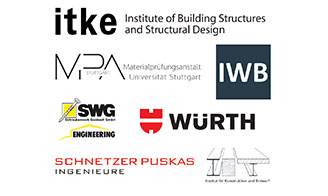
The project investigates the re-use suitability of timber connections. Three trusses are subjected to cyclic loading, dismantled, reassembled, and tested until structural failure. The results aim to provide recommendations on which connections are particularly suitable for re-use.
Hoffnungshaus (i.e. House of Hope): Impact Through Integrative Living in Sustainable and Affordable Housing - Winner
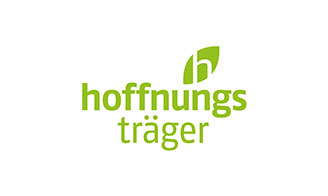
In the Hoffnungshäuser (i.e. Houses of Hope), refugees and local residents live together under one roof. The integrative living concept promotes participation, language skills, and an understanding of democracy. Constructed using timber construction methods, the buildings also contribute to climate adaptation and biodiversity through features such as passive shading, green roofs, and rainwater harvesting.
Sustainability Assessment – The Impact of Circularity on the Carbon Footprint of a Building Component - Winner
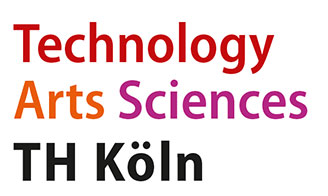
This student project analysed the relationship between circularity and the carbon footprint in the construction sector, using the new DGNB Circularity Index. The analysis revealed a negative correlation with the carbon footprint and provided a calculation-based comparison between life cycle assessment and circularity at the building component level.
Wind Tower 2.0 - Winner
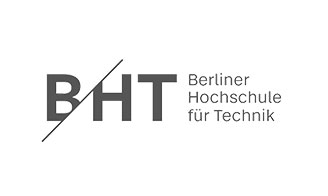
The Wind Tower 2.0 project developed a prototype for the passive cooling of public spaces, inspired by historic wind towers from the West Asian cultural region. The aim was to create places of cooling and social interaction within urban environments. The project explored building physics, social and health-related effects, as well as modular approaches for practical application in construction.
Winner and Finalists 2024
Hanffaser Geiseltal eG - Winner
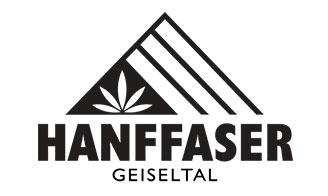
In 2022, the cooperative Hanffaser Geiseltal eG was founded with the goal of establishing a production facility for construction and insulation materials made from hemp fibres. This initiative is part of a larger effort to transition to more sustainable raw materials. The Saale district-based start-up purchases hemp straw from local farmers and processes it into building materials, insulation materials and semi-finished products, which are used as an additive for clay products.
ecoLocked GmbH
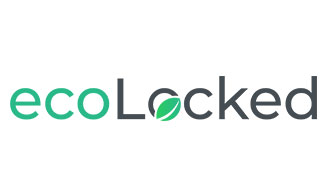
The concrete additives produced by ecoLocked GmbH, established in 2021, enable buildings to become carbon sinks. CO2 is permanently stored in the building material, reducing the reliance on fossil raw materials and improving the material's insulation, durability and production time. The start-up's data-driven product development platform allows it to adapt concrete formulas in terms of climate compatibility and performance.
Optocycle GmbH
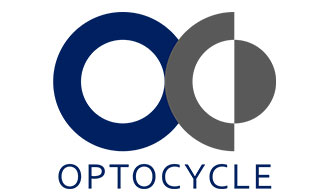
Optocycle, a Tübingen-based start-up founded in 2022, has developed an AI-supported system that uses optical sensors to enable the precise identification of mineral mixed construction waste, soil and recyclates directly on site. The system enables analyses that help to better understand waste streams and uncover optimisation potential. This enables efficient reuse and recycling.
Conclay - Winner
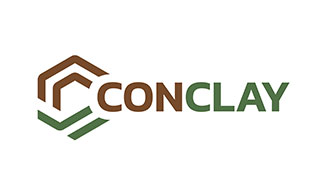
Conclay, a product of the Kimm company from Wabern-Udenborn in northern Hesse, is the first moulded, load-bearing, industrially produced clay block in Germany. An innovative manufacturing process makes it possible to produce large-format clay blocks of such high quality that they can be used in a similar way to wall-building materials such as bricks or sand-lime bricks. Production takes place in existing industrial plants and uses secondary clay from excavations and gravel pits.
karuun®
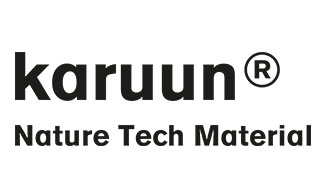
The karuun® innovation utilises the capillary effect of rattan, a climbing plant that contributes to the preservation of rainforests. The capillary vessels in the rattan poles are used to treat the material with colour pigments, among other things. The poles are then cut to size and pressed into blocks. The material serves as an alternative to certain plastics and wood.
Roofit.Solar
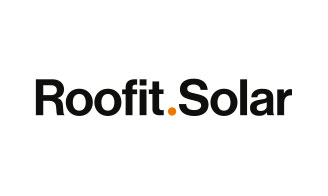
Roofit.solar offers a complete 2-in-1 building-integrated solar roof solution. A weatherproof metal roof with a traditional Nordic double standing seam appearance is combined with solar technology. An innovative composite of steel sheet, monocrystalline photovoltaic film and tempered glass coating is used. The result is an aesthetic, high performance metal roof.
circularWOOD - Winner
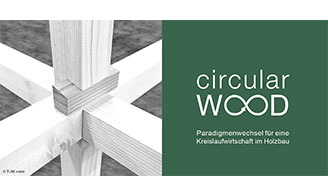
The research project circularWOOD of the Technical University of Munich and the Lucerne University of Applied Sciences and Arts analysed the implementation of circular economy principles in timber construction. In the Project the state of research, research gaps and implementation experiences from the DACH region were analysed and practical recommendations were developed.
Fertigteil 2.0
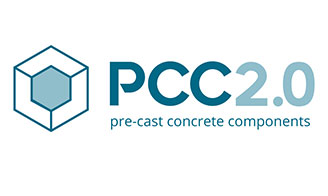
The research project Fertigteil 2.0 of the Technical Universities of Braunschweig and Darmstadt, THING TECHNOLOGIES and FARO Europe is developing a strategy to produce so-called Fertigteile 2.0 from existing concrete structures. Concrete parts from demolished buildings are processed and made available for new planning processes.
PointClouds2LCA
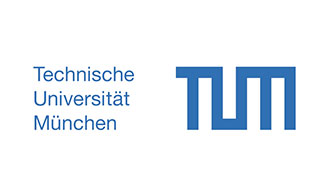
The PointClouds2LCA research project at the Technical University of Munich is developing a method to estimate the life cycle assessment of various renovation scenarios for existing buildings in a cost-effective and time-efficient manner in the early planning stages. For this purpose, the project uses point clouds.
Wild Climate Wall - Winner and Winner People's Choice Award
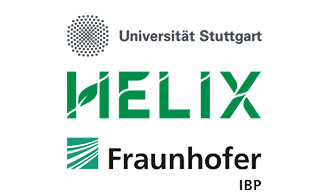
The Wild Climate Wall is a green facade system comprising native wild shrubs, herbs, grasses and structures, as well as integrated breeding and nesting sites for wild bees, birds and bats. The aim is to promote biodiversity and a pleasant urban climate in high-density urban areas. Fraunhofer IBP, the University of Stuttgart and Helix Pflanzensysteme are involved in the project.
karuun®

The karuun® innovation utilises the capillary effect of rattan, a climbing plant that contributes to the preservation of rainforests. The capillary vessels in the rattan poles are used to treat the material with colour pigments, among other things. The poles are then cut to size and pressed into blocks. The material serves as an alternative to certain plastics and wood.
Drywall panels made from bog biomass
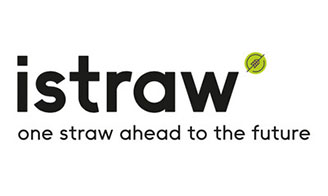
The panels are made from paludiculture. These are agricultural grasses that are harvested in winter and grow on rewetted bogs and natural areas. The animal and plant species that live there are not affected. Thanks to the CO2-binding properties of the rewetted peat bogs and the CO2 bound in the material, the panels are intended to contribute to climate-neutral construction.
The Impact of Facade Greening on the Life Cycle Assessment of a Residential Quarter Using Thermal Simulation | Winner
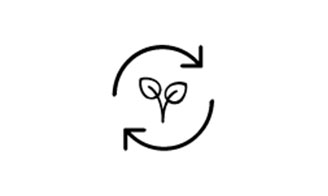
Bernadette Lang-Eurisch's master's thesis at the Technical University of Darmstadt uses a life cycle analysis (LCA) and a microclimate analysis to compare the environmental and microclimatic effects of urban residential areas in Germany to determine an optimal facade greening strategy. The results can be used to make planning and design decisions that influence thermal comfort and environmental performance.
Winner and finalists 2023
STRAMEN.TEC - Winner and Winner People's Choice Award
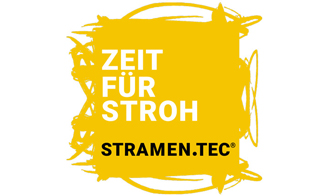
Start-up company STRAMEN.TEC has developed and launched a studless dry construction system based on the rapidly renewable raw material straw. Thanks to the lignin contained in the straw, the addition of other binding agents is not necessary. The wall modules can be reused and returned to the production process at the end of their service life.
aerogel-it - Finalist
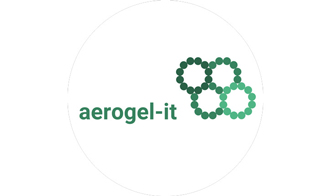
Aerogel-it develops high-performance insulation materials made from bioaerogels or biomineral aerogels, which are thinner and lighter than conventional insulation materials while providing high thermal insulation performance. The highly porous solids are made from plant materials, such as lignin, which store carbon and are recyclable.
The Colony - Finalist
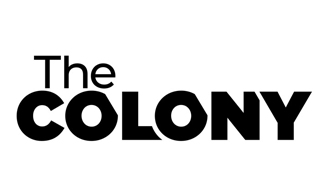
The Colony is a start-up that creates community places with a social-ecological approach on vacant land or unused buildings. The idea is to combine living, working and entertainment in modular settlements with solid wood construction houses on special sites that have been unused so far.
ecoHab - Winner
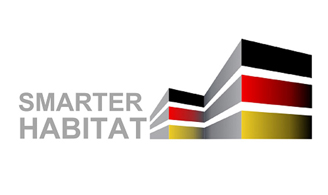
Smarter Habitat has developed a building panel made from expanded industrial maize for insulation and from natural fibre laminates. The building material is made from regional raw materials and is a scalable alternative to CO2-intensive building materials in dry construction.
CARBOrefit - Winner People's Choice Award
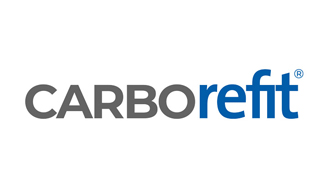
Carbocon has developed CARBOrefit, a process that uses the resource-efficient building material carbon concrete to increase the load-bearing capacity and durability of existing buildings and bridges. The building material enables the refurbishment of structures that would otherwise not be able to be redeveloped using conventional methods.
TeamUp4Sustainability - Finalist
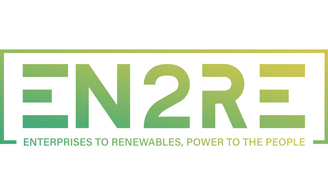
With "Team-Up4Sustainability", EN2RE offers a digital platform that enables companies to finance the renovation of their building stock with the help of employee shares. This can provide the necessary equity capital for a PV system, for example, and accelerate the transformation in teamwork with the workforce.
Wood, brick, clay | Pilot project on sustainable rental housing construction - Winner
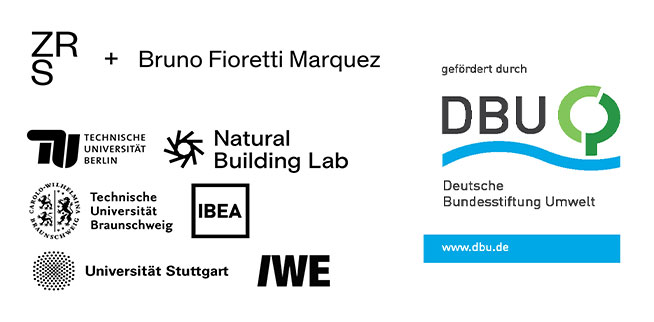
Together with ZRS Architects, Bruno Fioretti Marquez, the University of Stuttgart and the Technical University of Braunschweig, the TU Berlin has launched a pilot project on sustainable rental housing. Using timber-and-clay and brick-and-timber buildings as models, the research project is investigating robust, recyclable and low-tech construction methods for affordable rental housing.
Development of a gutting and demolition cost index for building construction (EAKI) - Finalist
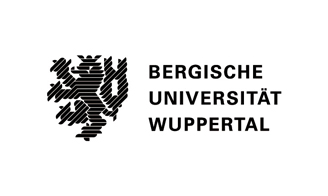
The University of Wuppertal has developed a gutting and demolition cost index for buildings. The database provides information on the costs and material quantities involved in a potential deconstruction. The index thus increases cost certainty and enables better risk assessment of deconstruction projects.
NuKoS - Use of carbon dioxide in slags from steel and metal production - Finalist
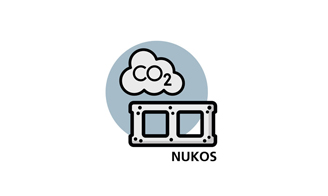
The NuKoS research project of the Fraunhofer Institute for Environmental, Safety and Energy Technology UMSICHT uses a waste product from steel production, known as steelworks slag, in the production of masonry bricks. It replaces conventional binders with a high CO2 footprint. In addition, the curing process permanently binds CO2 into the bricks.
Development of a practical tool for life cycle assessment of renovation measures
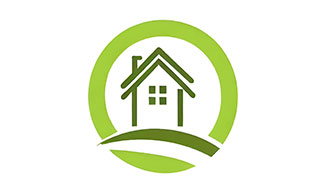
As part of his master's thesis, a student at the Karlsruhe Institute of Technology (KIT) has developed a practical tool for the life cycle assessment of renovation measures for residential buildings. The tool allows the potential greenhouse gas emissions of different construction measures to be identified at an early stage and construction methods to be optimised.
HopfON - Building materials from hop harvest waste
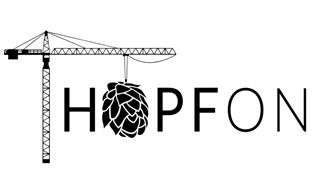
Under the name "HopfON", two students at the Technical University of Munich (TUM) have developed acoustic and thermal insulation panels as well as building boards for interior construction from hop harvest waste. The aim is to expand the range of recyclable building materials from local waste products and reduce the ecological footprint of the construction industry.
Winner and finalists 2022
mygreentop - Winner

The start-up company mygreentop, founded in 2020, promises a practical and cost-effective green roof for private and commercial customers. To this end, the Plettenberg-based company has developed the mygreentop roof planting tile. This can be replaced with existing roof tiles or retrofitted as an attachment.
alcemy GmbH - Finalist
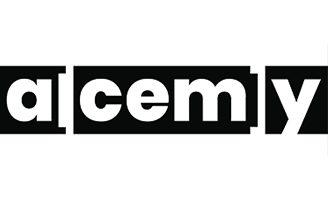
Berlin-based alcemy offers AI-powered software for predictive quality control in cement and concrete production, which can reduce clinker content and thus the carbon footprint. The software runs both in the cement plant and in the truck mixer travelling to the construction site, collecting data in real time around the clock, making predictions and intervening in production where possible.
TRIQBRIQ AG - Finalist
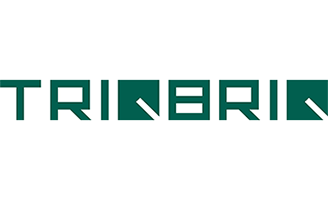
Stuttgart-based TRIQBRIQ AG produces and distributes the TRIQBRIQ solid wood construction system. The standardised wooden building blocks are made from weak and damaged wood and, thanks to a dowel connection system, can be produced quickly and without artificial fasteners, assembled and disassembled according to type and completely reused.
HPS Home Power Solutions GmbH - Winner
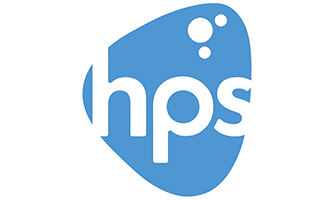
Picea from HPS is the world's first hydrogen-based electricity storage system for buildings available on the market. The surplus energy generated by a solar system on sunny days is stored as green hydrogen and made available in the form of electricity and heat during the darker months of the year. Picea provides CO2-free electricity all year round.
Madaster Germany GmbH - Finalist

Madaster's digital building resource passport documents the materials and components used in a building, enabling financial and lifecycle assessment and carbon footprint calculation at material and building level. This is done by capturing information on the materials and components of a building, including BIM models.
UNDKRAUSS Bauaktiengesellschaft - Finalist
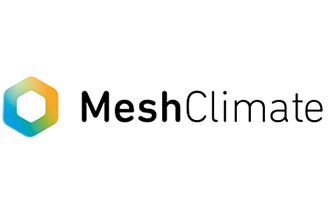
MeshClimate from UNDKRAUSS and other partners is an ultra-thin, recirculating and flexible floor and ceiling heating or cooling system. The system is installed directly on the existing screed. The honeycomb structure of the climate panel offers full-surface heating or cooling performance without a heat distribution layer in all installation situations - whether floor, wall or ceiling.
Fairventures Worldwide gGmbH & Fairventures Social Forestry GmbH - Finalist
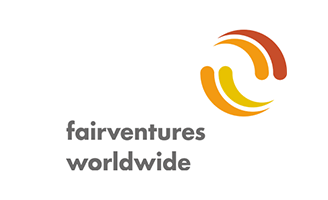
In Indonesia, Fairventures Worldwide gGmbH and Fairventures Social Forestry GmbH have tested a lightweight timber construction system made from Sengon wood, a particularly fast-growing and locally available tree species. The construction system is designed to promote the reforestation of cleared rainforest areas and contribute to carbon reduction, biodiversity and social justice.
NEWood - a novel mycelium-based composite made from organic waste - Winner
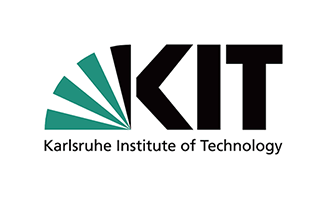
A new class of bio-based, resource-efficient and CO2-negative materials called "NEWood" has emerged from the Karlsruhe project. The wood alternative is developed from available organic waste and produced using fungal mycelium as a natural binder.
Kalkspeicher - Seasonal electricity-heat storage for buildings - Winner of the audience award
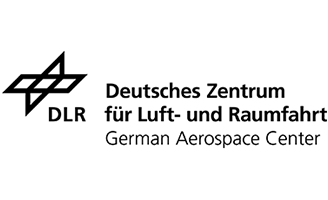
The DLR project will develop a prototype system based on the chemical reaction of slaked lime and demonstrate it in the field for the first time: Excess renewable electricity is used to burn slaked lime, which can store the energy for months without loss. On contact with water, the energy is released and can be used for heating.
SenseLab - Finalist
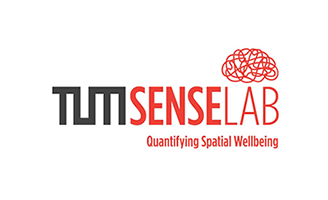
SenseLab, a multidisciplinary research project at the Technical University of Munich, records and processes the biometric data of room users in real time. This makes it possible to objectively determine the effect of an environment on the human body. In the long term, this will enable energy and cost savings through dynamic, decentralised room climate concepts adapted to individual needs.
Solar Decathlon goes urban - Winner
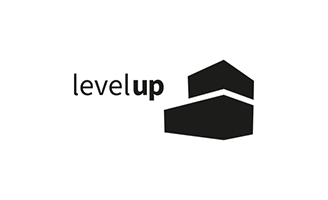
As part of the Solar Decathlon competition, the interdisciplinary student team levelup from the Technical University of Rosenheim is developing a concept for the energetic renovation of existing buildings and the addition of storeys using timber module construction. In addition, the team will build a representative, fully functional residential unit on a scale of 1:1. Only recycled and recyclable materials will be used for the project.
Materialgeschichten - Winner
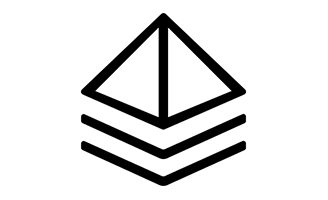
This project by students at the Bauhaus University in Weimar, Germany, will create a convertible and deconstructible pavilion made entirely from reclaimed and donated materials from Weimar's municipal mine. The aim is not only to examine the obstacles and prejudices of circular construction, but also to make the reused components tangible within an exhibition of stories.
Winner and finalists 2021
Concular - Winner
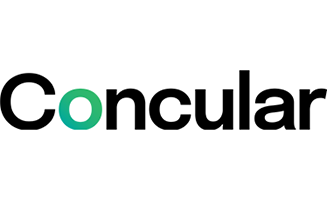
Concular closes material loops from building to building every day. With intelligent brokerage, life cycle assessment and a circular supply chain, reuse becomes simple, economical and measurable. Concular is not just software - it is an appreciation of materials, buildings and the environment. Telling the stories behind materials to enrich new buildings is Conculars mission. In the process, millions of tonnes of CO2, waste and resources are saved.
carbonauten GmbH - Finalist
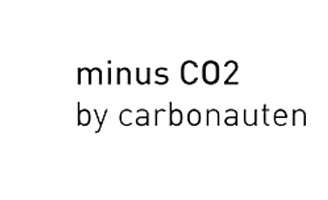
Building materials that store CO2 instead of producing it: This is made possible by carbonauten GmbH, founded in 2017. The Giengen-based start-up is developing materials based on negative emission technology that actively reduce CO2. They are based on biocarbons from biomass residues.
ecoworks GmbH - Finalist
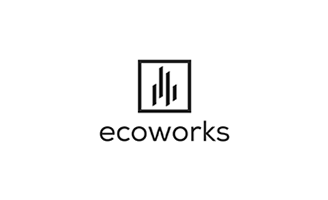
Founded in 2018, start-up ecoworks is developing a holistic renovation system for the carbon-neutral, serial renovation of existing residential buildings. In the future, on-site renovations will take no longer than 2 weeks to minimise disruption to tenants. The first serial renovation of 12 apartments will be successfully completed in Hameln in 2021.
Interface - CO2 as a resource: Embodied Beauty™ - Winner
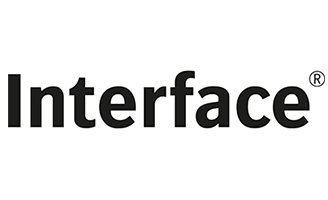
Flooring manufacturer Interface is launching its Embodied Beauty™ collection of three carbon negative carpet tiles that can reduce the carbon footprint of building projects.
AMPEERS ENERGY - Tenant Power & District Management - Finalist
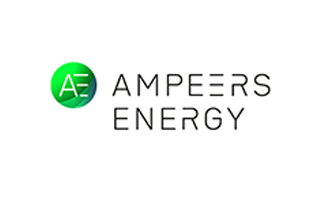
AMPEERS ENERGY supports the transformation of carbon reduction in real estate into profitable business models by enabling the owner to implement cross-sector energy optimisation or tenant electricity models easily and profitably with intelligent software solutions.
Terran - Generon - Finalist
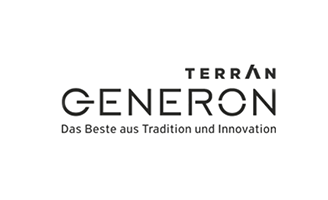
The Hungarian company Terran has developed a roof tile called Generon that combines the protective function of roof tiles with the use of solar energy. The special feature: The photovoltaic cells are integrated into the surface of the individual roof tiles in such a way that they are virtually indistinguishable from conventional roof tiles.
Urban Mining Index - Winner
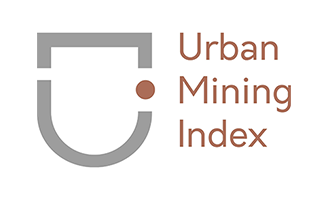
Researchers at the University of Wuppertal have developed the Urban Mining Index (UMI), a planning tool for circular construction. The UMI aims to keep building materials in as closed a cycle as possible and makes the quality of the reuse of valuable and waste materials in buildings quantitatively measurable.
"Einfach Bauen" (i.e. Building simply) - Finalist
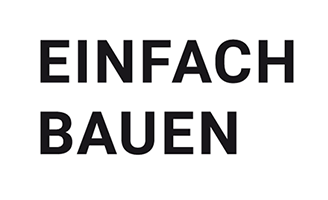
How can architecture be optimised so that it requires as little technology as possible to create a comfortable indoor climate? This question is the focus of research at the Technical University of Munich. The aim is to reduce the complexity of building and to design houses that are easy to build and easy to use.
ge3TEX - Finalist
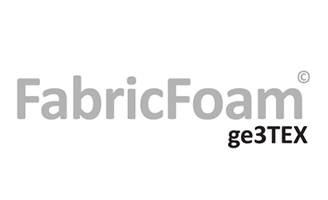
The ge3TEX research project at the Frankfurt University of Applied Sciences has developed recyclable composite materials made from textiles and foams from the same material groups, as well as the corresponding manufacturing processes for foaming 3D textiles into unmixed components for the building envelope.
Terra Vermelha
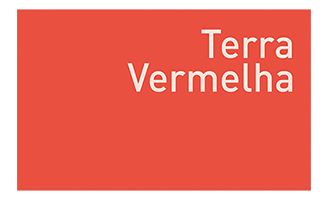
As part of the Terra Vermelha research project, students at the Technical University of Berlin developed a concept for sustainable favela architecture. The focus was on the use of wood and clay. In the course of their project, they translated these 'low-tech' building methods into a modern context and developed a hybrid wood-loam architecture.
Winner and finalists 2020
Energie PLUS Concept GmbH - Winner
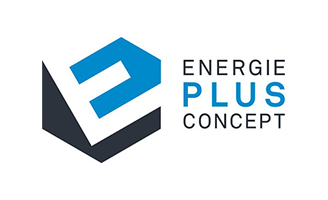
EPCs goal is to supply entire settlements and districts with heat from renewable energy sources. To this end, it develops renewable energy concepts - mostly using a so-called cold local heating network in combination with near-surface geothermal energy. By bundling heat generation and using heat pumps as standard equipment, these systems are suitable for supplying and marketing entire settlements.
Breeze Technologies - Finalist

Clean air thanks to small sensors and artificial intelligence: this is Breeze Technologies. Based in Hamburg, Germany, Breeze's goal is to use high-resolution air quality and climate data, as well as artificial intelligence, to identify, implement and monitor data-driven decisions to reduce air pollution.
Ricehouse - Finalist
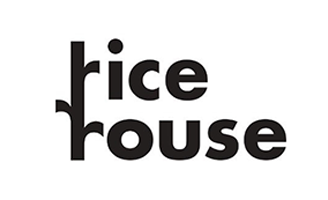
Ricehouse: the name says it all. The Piedmontese start-up uses organic residues from rice production to develop 100% natural building materials that return to nature at the end of their life. The company creates short supply chains and optimises efficiency from the field to the building site.
interpanel – The acoustically effective climate light - Winner
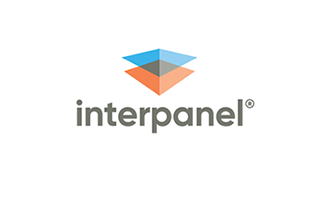
One solution for all your indoor climate needs: The climate light offers thermal, acoustic and visual comfort in one. The innovation from interpanel is a modular, acoustically effective chilled ceiling that is independent of light, heating and dew point. Intelligent control ensures good acoustics, daylight-oriented workplace lighting and a comfortable temperature.
Ecolift Hybrid-Hebeanlagen – the direct way of drainage - Finalist
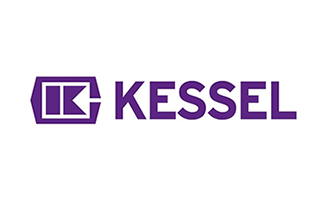
Every building needs to be protected from sewage back-up. Hybrid lifting units set new standards in economy and ecology.
Bodenbelag Minero One - ecological, large format mineral flooring - Finalist
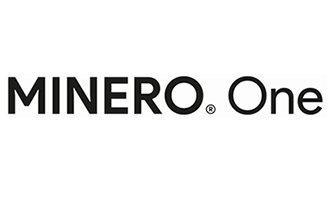
Four life cycles without major loss of materials and raw materials, that's what Minero One promises: an ecological, mineral floor with a natural wood and stone look from Minero Flooring. Made from more than 98% natural materials, it can be recycled and reused at the end of its first life cycle.
RE4 REuse and REcycling of CDW materials and structures in energy efficient pREfabricated ding elements for builREfurbishment and construction - Gewinner
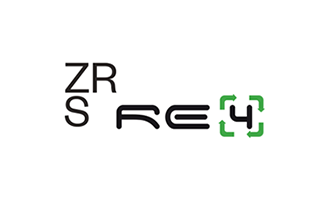
As part of the EU-funded research project RE4, ZRS Architects and 12 other partners across the EU have developed a detailed design for a fully prefabricated, circular, energy-efficient, seven-storey residential building. Reusable building components or recycled materials will be used. The special features: The concept is transferable to other building typologies. The demonstration building in Madrid was 90% non-destructively deconstructed.
Determination of the acoustic effectiveness of façade surfaces in urban spaces - Finalist
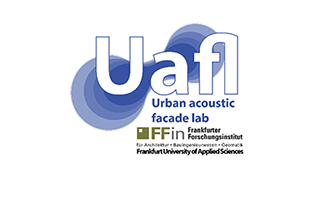
How do façades react to noise? The research project of the Frankfurt University of Applied Sciences in cooperation with the Environmental Office of the City of Frankfurt has tested this. The effect of the acoustic reflection behaviour of façades in urban spaces was analysed under real conditions using a mobile façade laboratory. The findings are used to evaluate the acoustic effects of façade surfaces depending on the location. The measurement procedure developed for this purpose serves as a design tool for planning and implementing quieter urban districts.
Robotic manufacturing of rammed earth components - Finalist
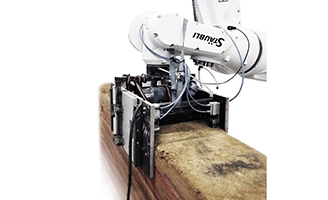
Greater precision, expanded design options and greater economic efficiency: these are the benefits to be gained from robot-assisted production of rammed earth structural components. This is the focus of a research project by the Institute for Structural Design (ITE) at the Technical University of Braunschweig, which is funded by the Future Construction research initiative. The aim is to automate and reduce the size of the production process in order to create an economical and practical method for the decentralised production of rammed earth.
re.create
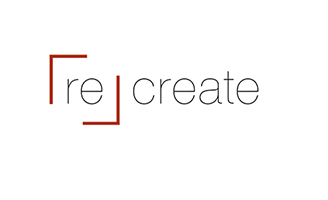
A special student prize was awarded for the first time. This went to the re.create project by twelve students from the Technical University of Munich, the Technical University of East Bavaria and the International Real Estate Business School Regensburg. With their building design, they developed a vision for sustainable urban living that requires a sensitive use of resources.
Winner and finalists 2019
DAW SE - Winner
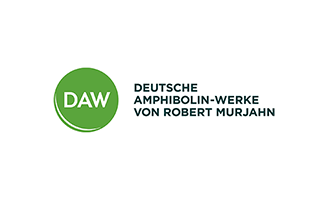
DAW offers glazes and wood oils based on gold of pleasure. The crop is grown in mixed cropping with peas. This not only increases the overall yield of the area, but also strengthens the ecosystem and biodiversity in many ways.
INTEWA GmbH - Finalist
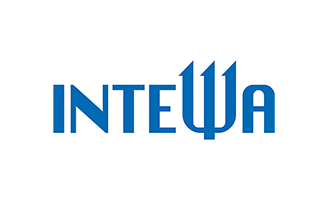
INTEWA's decentralised system solution enables drinking water savings of up to 95 per cent. An innovative membrane technology for the treatment of rainwater and grey water creates a virtually closed water cycle.
strohlos Produktentwicklung GmbH - Finalist
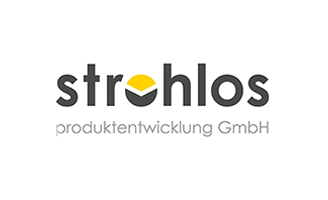
The strohlos panels, which can be used in a variety of ways in the construction industry, are made from annual renewable raw materials such as straw, hemp, rapeseed or reed. All boards are recyclable, free of formaldehyde and water-resistant.
Green Hydrogen Esslingen GmbH - Winner
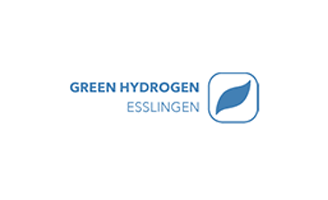
Green Hydrogen Esslingen is building and operating a power-to-gas plant as the centrepiece of the climate-neutral Esslingen Weststadt district. Green hydrogen will be used for mobility, industry and reverse power supply.
materialrest24.de - Finalist
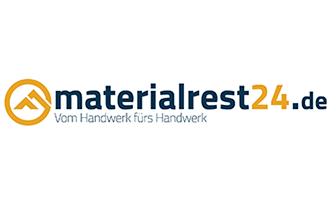
As a "virtual warehouse" for building materials, the online platform materialrest24.de offers craftsmen the opportunity to digitally record their unused stock and sell it conveniently. At the same time, they can buy the building materials they need in the right quantities at a reasonable price.
vilisto GmbH - Finalist
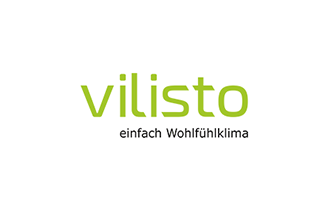
Vilisto's digital, self-learning heat management system for non-residential buildings recognises the usage patterns and building parameters of individual rooms for fully automatic, predictive and demand-based control of radiators.
BauCycle – Innovative approach to recycling construction materials - Winner
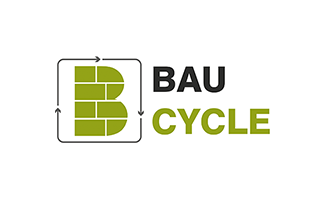
The BauCycle project is researching a holistic recycling strategy for construction waste and its fine fraction. It has developed an optical process for sorting heterogeneous construction waste down to a grain size of 1 mm. In addition, high-value products have been manufactured from the construction waste.
Project participants:
- Fraunhofer Institute for Building Physics IBP
- Fraunhofer Institute for Material Flow and Logistics
- Fraunhofer Institute for Environmental, Safety and Energy Technology UMSICHT
- Fraunhofer Institute of Optronics, System Technologies and Image Exploitation IOSB
Agricultural Lighting Facade - Finalist
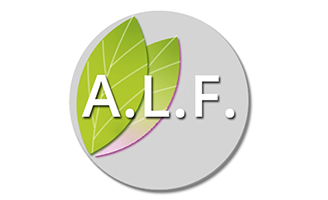
The Agricultural Lighting Facade enables year-round vegetable growing behind glass facades in buildings. It can be integrated into new and existing facades and makes optimal use of solar radiation in combination with adaptive LED assimilation lighting to ensure photosynthesis of the plants.
Project participants:
- Technical University of Munich (TUM)
- Architecture Research Incubator
- Professorship for Green Technologies in Landscape Architecture, Prof. Ferdinand Ludwig
- Greenhouse Laboratory Centre Dürnast, research facility of the Science Centre Weihenstephan of the TUM
- Chair of Spatial Art and Lighting Design, Prof. Hannelore Deubzer
- Engineering office Hausladen GmbH
- Barthelme LED Solutions
- Project management Mariana Yordanova
Wood-mycelium based interior finishing systems - Finalist
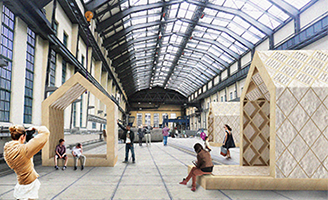
The research and development project developed a modular, prefabricated material and construction system for interior design. It consists of 100 per cent renewable raw materials and uses myzelium as a novel, fast-growing bio-composite material.
Project participants:
- Arup Deutschland GmbH
- ARDEX GmbH
- MOGU S.r.l.
Winner and finalists 2018
Winner and finalists 2017
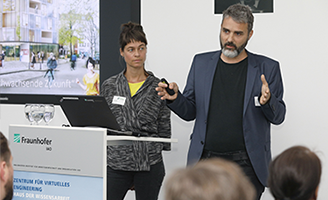
DACHFARM Berlin, a start-up company, is developing building-integrated rooftop farms under glass in greenhouses to exploit the potential of unused building and rooftop areas for professional crop production and participatory community gardens. The farms are space, resource, energy and carbon efficient.
Winner and finalists 2016
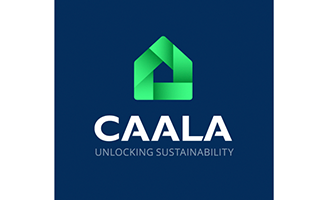
CAALA is a cloud-based energy pre-dimensioning and parametric life cycle analysis software. It provides integrated feedback on energy demand, life cycle assessment and compliance with relevant guidelines. Variants can be generated, compared and visually communicated to the client in the early design phase without additional effort.
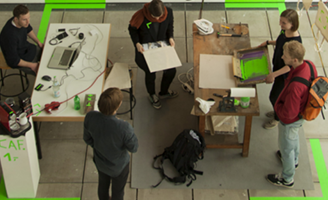
Space is becoming a scarce and expensive resource in many cities. The aim of the research project is therefore to achieve a more efficient use of existing inner-city spaces through multiple use. In particular, the project will demonstrate the potential and feasibility of space sharing in order to initiate a sustainable use of the resource of space.

